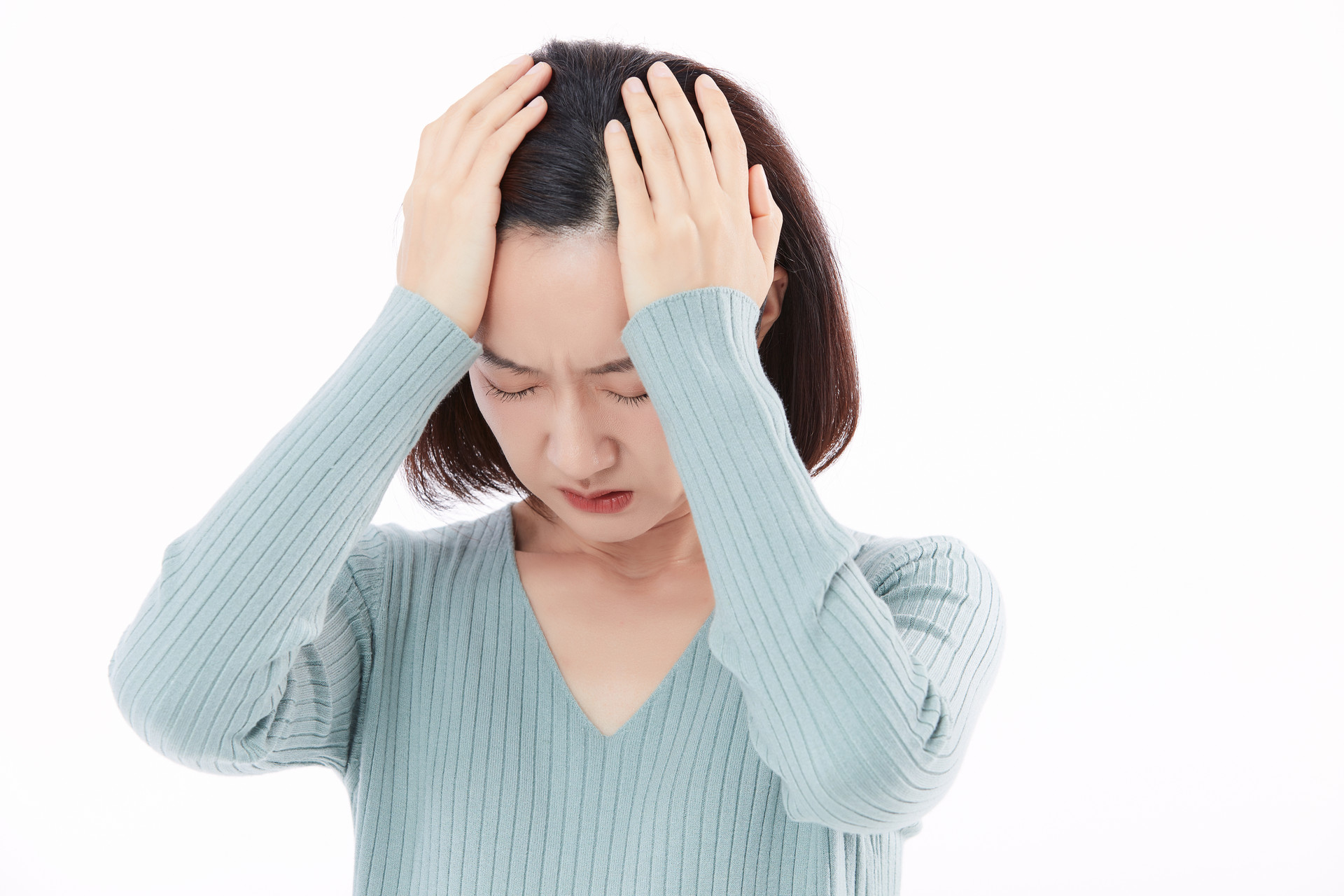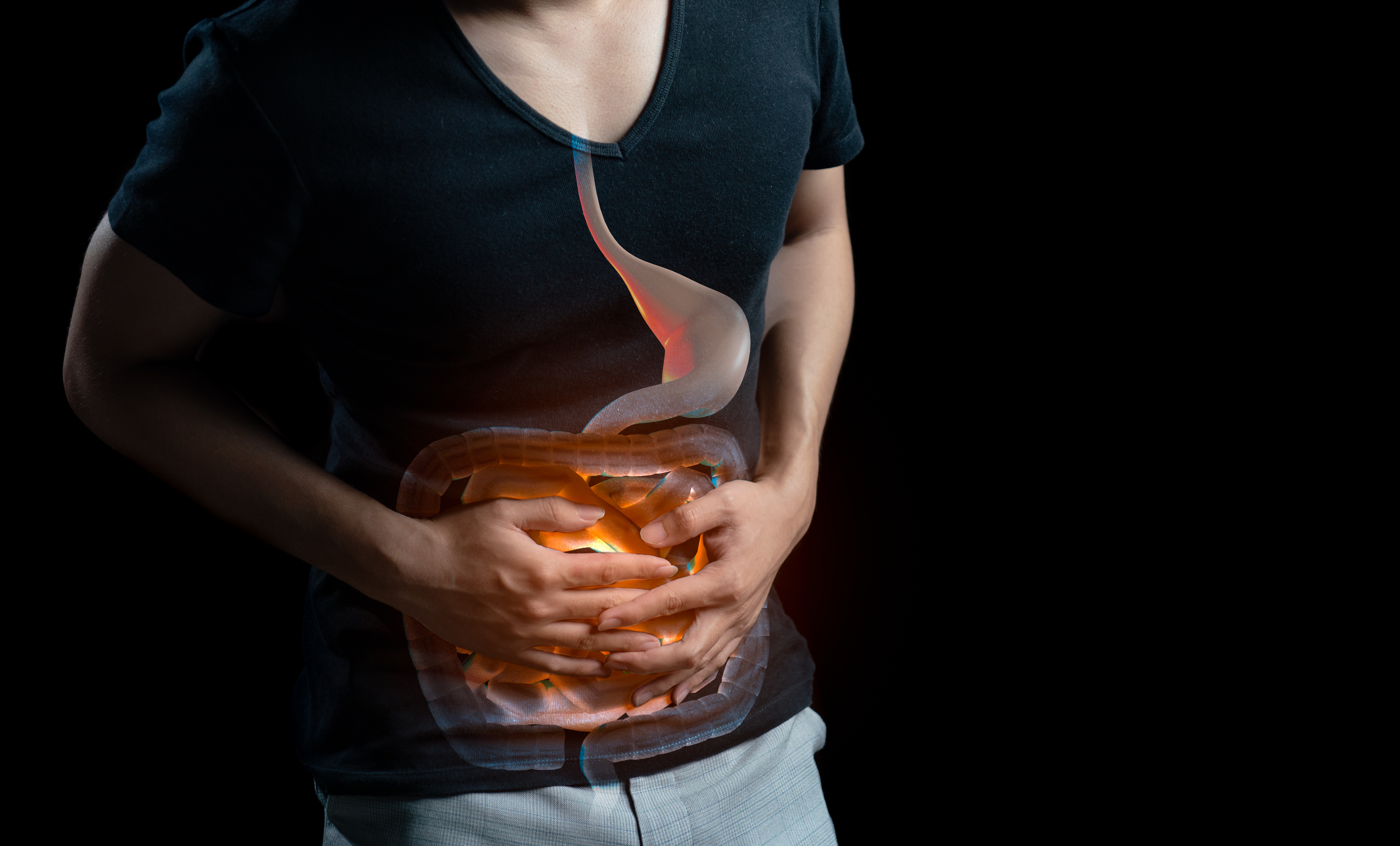Dysmenorrhea is often regarded as a normal physiological phenomenon and is not actively treated. At most, a few painkillers are taken during an attack. Some parents believe that dysmenorrhea will naturally improve after marriage. However, what people do not know is that dysmenorrhea is likely to be a manifestation of endometriosis, and it can worsen the condition. Endometriosis may also lead to infertility.
Hidden infertility crisis in dysmenorrhea. Endometriosis refers to the condition where endometrial tissue leaves its normal position in the uterine cavity and grows in other parts of the body. The causes are complex, such as induced abortion, miscarriage surgery, postoperative cervical stenosis or occlusion, or obstruction of menstrual blood outflow due to retroversion or retroflexion of the uterus, which leads to the retrograde flow of endometrial fragments through the fallopian tubes and implantation in multiple pelvic sites, resulting in the disease. This can cause dysmenorrhea and infertility.
Therefore, avoiding or reducing induced abortion and miscarriage surgeries, correcting uterine malposition in a timely manner can prevent and reduce the occurrence of endometriosis. In addition, adolescent girls should rest appropriately during menstruation and avoid intense exercise to prevent the occurrence of endometriosis. Investigations have found that girls with an early age of menarche, short menstrual cycles, and long duration of menstruation are more likely to develop endometriosis.












